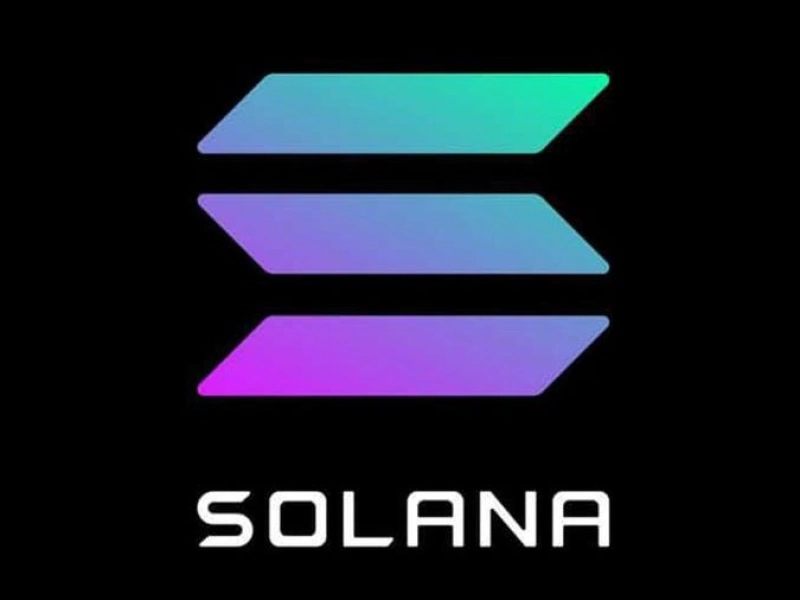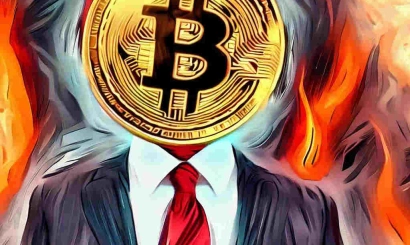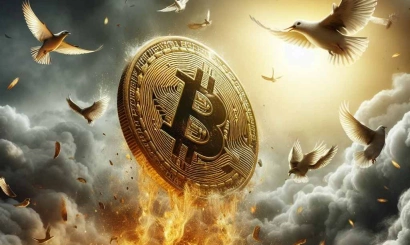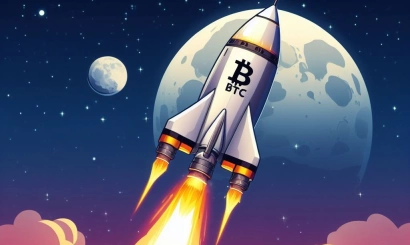Solana network services are experiencing record trading volume. What's going on
The growth of the Solana cryptocurrency rate provoked record turnovers in the network services
The trading volume in the financial platforms of the Solana ecosystem exceeded $3 billion for a week. We tell you what factors led to a sharp jump in turnover and user excitement
Bitcoin's rise over the past month has triggered the rise of the entire cryptocurrency market, and some of the largest cryptoassets by capitalization were able to surpass the market leader in terms of growth rates. In particular, the jump in Bitcoin's price contributed to the rise of a group of altcoins led by Solana (SOL), the sixth-largest cryptocurrency by market capitalization and a major competitor to second-place Ethereum (ETH).
SOL, the native token of the Solana blockchain, last week reached its highest price since May 2022, rising to $68. Compared to the exchange rate of $9.97 on Jan. 1, SOL's price has risen more than 500%. After the collapse of the cryptocurrency exchange FTX, the SOL price bottomed out at around $9 by the end of 2022. The coin was considered one of the favorites of former FTX head Sam Bankman-Fried and was often mentioned during his trial. In the cryptocurrency community, the SOL token was referred to as "Sam's coin" - he himself and his companies invested heavily in projects and assets based on Solana technology and promoted its brand before the collapse of FTX last November.
According to a report from investment firm Fineqia, the number of assets in exchange-traded products (ETPs) representing an index of alternative cryptocurrencies rose 26% in October. Meanwhile, assets in SOLs managed by exchange-traded funds rose 172% last month, from $102 million at the end of September to $279 million. According to a CoinShares report, investors poured $12 million into funds tracking the price of Solana last week alone, a significant increase compared to inflows into funds linked to other altcoins such as Litecoin and XRP.
According to, CoinShares analyst Max Shannon, quoted by Fortune, another possible reason for the rise in the SOL price could be the significant increase in liquid staking in the Solana ecosystem, including through apps like Jito, Marinade, or MarginFi. Another factor could be an increase in open interest and funding rates, as well as general interest from retail investors.
In futures and options trading, open interest (OI) is the total number of outstanding contracts at a given point in time. This includes futures contracts that have not yet been exercised, have not yet expired, or have not yet been settled by delivery of the underlying assets.
Funding rate, or funding rate, is a periodic payment to traders who have open positions in the open-ended futures market. Funding is calculated several times a day and allows for preventing a strong deviation of the derivative contract rate from the price of the underlying asset.
The funding system on exchanges automatically debits some traders and credits others:
If the value of the open-ended futures is higher than the price of the underlying asset, the funding rate is positive. In this case, the funding rate is charged to traders with long positions and credited to traders with short positions;
if the value of the perpetual futures is lower than the price of the underlying asset, the funding is negative and the funding rate is charged to short traders and credited to long traders.
Funding is usually calculated every few hours. For example, on the Binance exchange, the funding rate is determined every eight hours.
- Record volumes
Decentralized trading platforms (decentralized exchanges, DEX) on the Solana network are also seeing record-high activity. According to the DeFiLlama service, the trading volume on them has increased by more than 50% in just one week and exceeded $3 billion. The turnover on the two largest DEXs in the Solana ecosystem - Orca and Raydium - increased by 70% from November 13 to November 20. At the time of publication, the Solana blockchain ranks third in weekly transaction volume, behind only Ethereum ($9.97 billion) and Arbitrum ($4.49 billion).
The reason for such a surge of activity on decentralized services may be not only the growth of SOL price but also the emergence of a new cohort of Solana users, claiming to receive tokens of several projects that announced the distribution of coins to their active participants in the form of airdrop. A sharp increase in the volume of trades in DEX in the Solana network coincided with the announcements of token distribution from the Pyth and Jupiter projects.
According to their developers, the tokens will primarily reward Solana adherents who used the blockchain during a "difficult period for the network," when investments in the ecosystem, measured by the total value locked (total value locked, TVL), in dollar terms dropped 97% from peak values.
It's clear that users are counting on retroactive airdrops, Anders Jorgensen, a representative of a credit protocol on the Solana network called MarginFi, told DL News in a commentary. He has no doubt that the recent increase in trading volume on the network is specifically due to attempts to gain a stake in future airdrops from Jupiter and from other projects running on the Solana blockchain.
Airdrops serve as an effective method for blockchain services to attract an audience and likely increase the loyalty of users who receive rewards in the form of tokens. The free distribution of tokens helps create a market for them, with most of their supply remaining with developers and investors, creating a financial base for the former and a source of profit for the latter.
Service developers often do not announce tokens at launch, but similar business patterns, as well as the experience of their competitors, help community members determine which projects will sooner or later decide to issue their own asset and for which types of activity it will be possible to receive rewards.
Most of the participants of the Arbitrum project airdrop in March 2023 received tokens worth several thousand dollars.
During a presentation at the Solana Breakpoint conference in Amsterdam, which took place from October 30 to November 3, the developers of Jupiter announced that they would distribute tokens to users in four rounds, giving preference to those who "have been consistent during these difficult two years."
Jupiter is a so-called liquidity aggregator that allows token exchanges through several supported decentralized trading services on the Solana blockchain, including Orca and Lifinity. The 1inch aggregator on the Ethereum network operates on the same principle. According to CoinGecko, the excitement around Jupiter is so great that Jupiter was recently ranked among the top 10 largest DEX services not only in the Solana ecosystem but among all existing blockchain networks.
This surge in activity can often be triggered by the activity of so-called sybils - those who use multiple accounts and wallets to artificially inflate actions in blockchain services in order to maximize the potential reward when distributing tokens. Sybils can utilize farms of thousands of accounts, and evidence of their activity has been recorded by researchers in every major airdrop, including Arbitrum.
While so-called airdrop farming is likely indeed part of the volume growth on the Solana network, it's not the only catalyst for trading volume growth on the Solana network. "We are also seeing hype around some older tokens," says Jorgensen, pointing to popular tokens on the Solana network such as the memcoin BONK, whose price has increased 13 times in the past month.
The founder of the Solend credit protocol under the pseudonym Rooter told DL News that he believes that airdrops are only a "small driver" of the surge in activity and that the primary driving force is still the movement of the Solana token price.
"The primary driver right now is the surge in the Solana token price during the [conference] Breakpoint. It interested a really huge number of curious users who came back to the market to poke around," the expert said.
- Buyers are stepping up their defenses. What will happen to bitcoin in the coming week
- Cryptocurrency exchange Binance has introduced its own Web3 wallet
- Leading altcoins rose in value in early November. What is happening in the market
- SEC has difficulty finding cryptocurrency experts, SEC says
- Musk triggered an influx of new crypto-tokens. They have grown thousands of times
- Creators of SafeMoon crypto project accused of $200 mln fraud
- OpenSea's NFT marketplace valuation drops 90%







